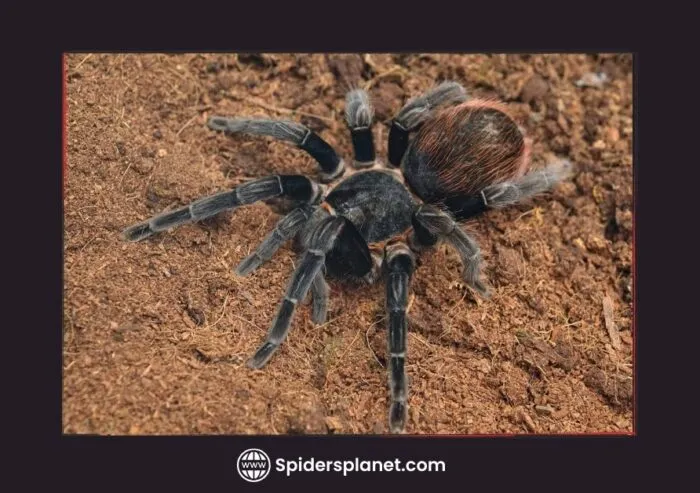Why Pink Toe Tarantula Won’t Eat
It can be concerning when your Pink Toe Tarantula (Avicularia avicularia) refuses to eat. Several factors can influence their appetite, ranging from environmental conditions to natural biological processes. Understanding these reasons is crucial for ensuring your pet’s health and well-being. This guide delves into the most common causes of a Pink Toe Tarantula’s reluctance to eat, offering insights and solutions to help you address the issue effectively. From temperature and humidity to molting cycles and stress, we’ll explore the various aspects that can affect your tarantula’s feeding behavior, allowing you to provide the best possible care for your fascinating eight-legged friend. Recognizing the underlying reasons will empower you to make necessary adjustments to your pet’s environment and care routine, promoting a happy and healthy tarantula.
Temperature and Humidity’s Role
Temperature and humidity play a vital role in a Pink Toe Tarantula’s overall health and feeding behavior. These environmental factors directly impact their metabolism and comfort levels, which in turn influence their appetite. Ensuring the correct temperature and humidity levels is one of the most critical aspects of tarantula care, as deviations from the ideal range can lead to a loss of appetite and other health problems. Regularly monitoring these conditions and making necessary adjustments is crucial for keeping your tarantula healthy and ready to eat. Proper environmental controls are the foundation of a thriving tarantula, impacting everything from their willingness to hunt to their overall lifespan and well-being, so keeping them in check is a must.
Ideal Temperature for Pink Toe Tarantulas
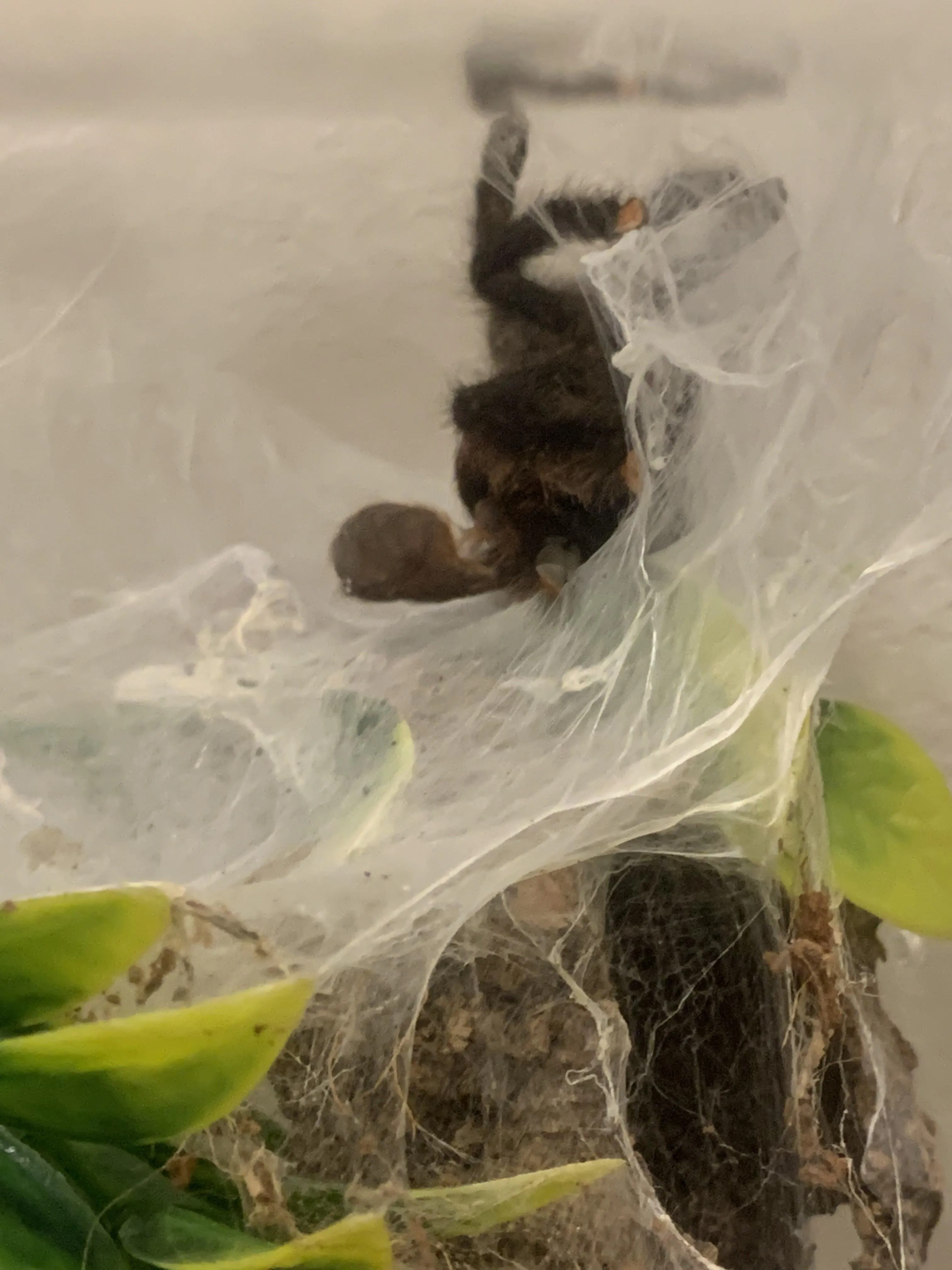
Pink Toe Tarantulas thrive in a specific temperature range. The ideal temperature for these tarantulas typically falls between 75°F to 80°F (24°C to 27°C). Maintaining this temperature range is crucial for their metabolic processes, ensuring they can digest food properly. If the enclosure is too cold, their metabolism slows down, reducing their appetite and making them less likely to eat. Conversely, excessively high temperatures can lead to stress and dehydration, also negatively impacting their feeding behavior. Use a reliable thermometer to monitor the enclosure temperature and employ heat sources such as a low-wattage heat lamp or a heat mat (placed on the side of the enclosure, not underneath) to maintain the ideal temperature. Regular monitoring and adjustments are essential to provide a stable environment.
Impact of Humidity on Appetite
Humidity is another critical factor influencing a Pink Toe Tarantula’s appetite. These tarantulas require a humidity level of 70% to 80% to thrive. Proper humidity helps them with hydration, molting, and overall well-being. If the humidity is too low, the tarantula can become dehydrated, which can suppress their appetite. Low humidity also makes it more difficult for them to molt, a process that requires sufficient moisture. Conversely, excessively high humidity can lead to mold growth and respiratory issues, which can also affect their feeding behavior. Maintain the correct humidity levels by misting the enclosure with dechlorinated water regularly, ensuring proper ventilation, and using a hygrometer to monitor humidity levels. Adjusting the ventilation and misting schedule will help maintain an optimal environment for your tarantula, supporting its appetite and overall health.
Understanding Molting and Appetite
Molting is a natural and essential process for tarantulas, where they shed their exoskeleton to grow. During this time, their appetite often decreases or disappears entirely. Understanding the molting cycle and its impact on feeding habits is critical for responsible tarantula care. Preparing for and recognizing the signs of an impending molt can help you provide the appropriate environment and avoid unnecessary concern. The molting process is a physically demanding period, and tarantulas typically conserve energy by ceasing to eat. Providing a safe and undisturbed environment during molting is crucial for their well-being and successful growth. Remember, a tarantula’s refusal to eat is often a sign that it is getting ready to shed its exoskeleton, and patience is key during this phase.
Signs Your Tarantula is About to Molt
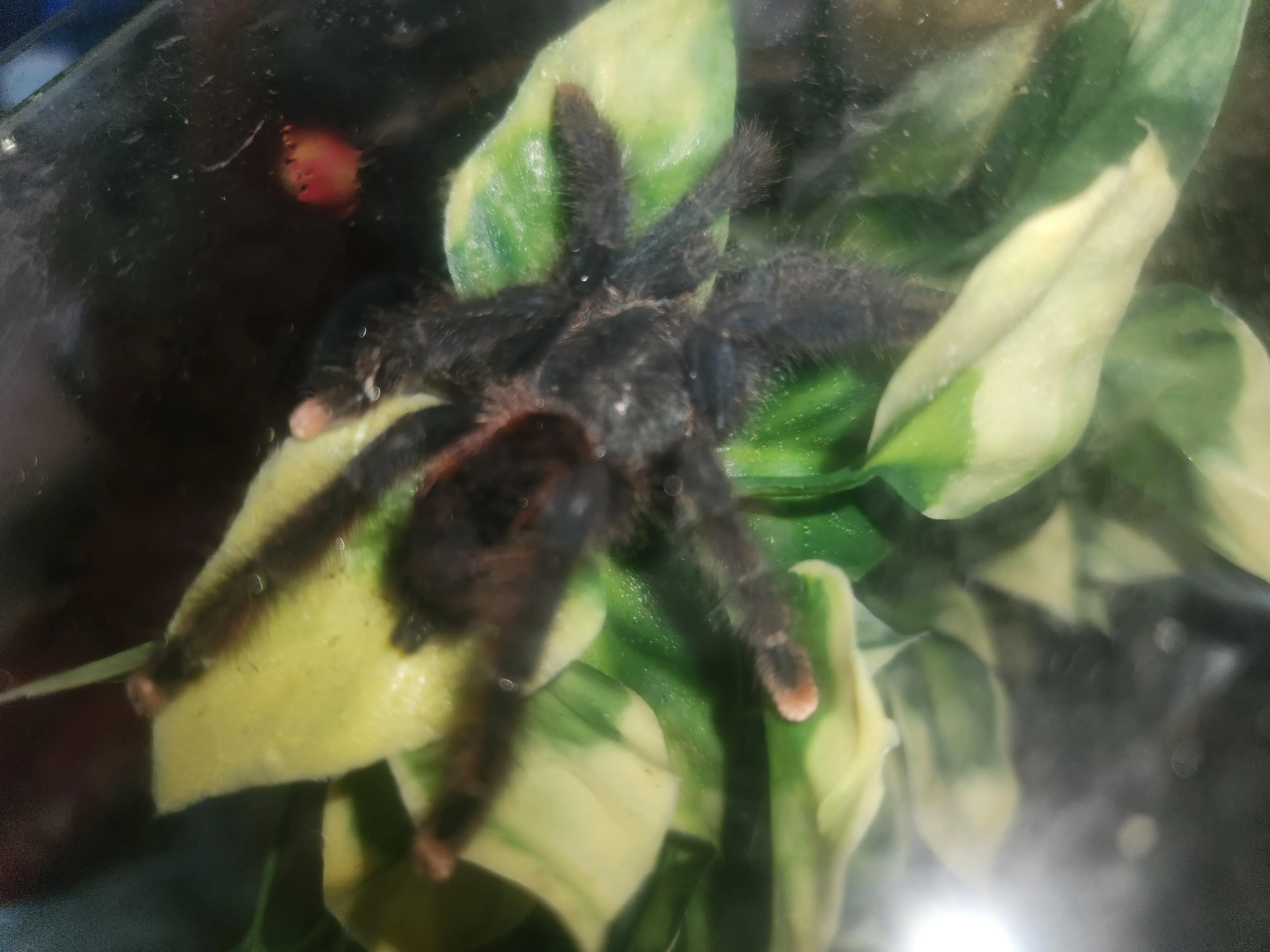
Several tell-tale signs indicate that your Pink Toe Tarantula is about to molt. One of the most noticeable signs is a change in their abdomen. The abdomen may appear darker, swollen, and shiny. They might also become less active, spending more time hiding in their hide or burrow. You might notice the tarantula creating a web mat to lie on, as they prepare to shed their old exoskeleton. In the days or weeks leading up to molting, they will likely stop eating altogether. Other signs include a loss of appetite, a duller appearance, and a reluctance to move around. Observing these behaviors can help you determine if your tarantula is preparing to molt and adjust its care accordingly. It is important to avoid disturbing the tarantula during this vulnerable period to ensure a successful molt.
How Molting Affects Eating Habits
During the molting process, tarantulas typically stop eating. This is because they are using all their energy to shed their old exoskeleton and grow a new one. Attempting to eat during this process can be detrimental, as it can interfere with the molting process and even cause injury. The exact duration of the fasting period varies but can last from a few weeks to a month or more, depending on the tarantula’s age and overall health. It is crucial to avoid offering food during this time, as the tarantula will not be able to eat, and the presence of live prey could stress the tarantula. After molting, the tarantula will often be very hungry and eager to eat. Providing food a few days after the molt will give the tarantula time to harden its new exoskeleton.
Prey Preferences and Feeding Strategies
The type of prey you offer and your feeding strategy can significantly influence your Pink Toe Tarantula’s appetite. Tarantulas are opportunistic predators, and their preferences can vary. Offering a varied diet of appropriate prey items and implementing effective feeding strategies can help ensure your tarantula receives adequate nutrition and maintains a healthy appetite. Selecting the right food and feeding methods can make the difference between a tarantula that thrives and one that struggles. Paying attention to prey size, frequency, and the overall feeding environment is important for the well-being of your pet tarantula.
Choosing the Right Prey for Your Tarantula
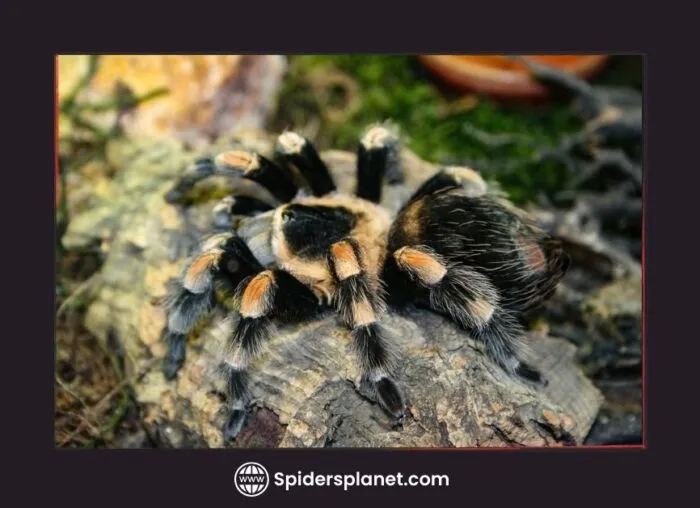
The size and type of prey are crucial factors in determining whether your Pink Toe Tarantula will eat. The prey should be appropriately sized, generally no larger than the tarantula’s body length. Good choices for prey include crickets, roaches, mealworms, and occasionally, small spiders. It’s important to avoid wild-caught insects, as they may carry parasites or pesticides that can harm your tarantula. Ensure the prey is healthy and well-fed (gut-loaded) to provide the best nutritional value for your tarantula. Also, vary the diet to provide a range of nutrients. Observe your tarantula’s reactions to different prey types. Some tarantulas have preferences, and understanding these can help you tailor the diet to your pet’s likes and dislikes. Provide a varied and nutritious diet to keep your tarantula healthy and encourage feeding.
Feeding Frequency for Pink Toe Tarantulas
The feeding frequency depends on the tarantula’s age and size. Spiderlings and juveniles typically require more frequent feedings, about two to three times per week. As they mature, the feeding frequency can be reduced to once or twice a week. Adults can often be fed once every one to two weeks. Adjust the feeding schedule based on the tarantula’s appetite and overall condition. If the tarantula consistently refuses food, it may be a sign of an underlying issue. Always remove uneaten prey within 24 hours to avoid stressing the tarantula or risking injury from the prey. Monitor the abdomen size; if it is large and round, your tarantula is likely well-fed. Regular observation and adjustment are key to maintaining the right balance for your Pink Toe Tarantula’s diet.
Handling and Environmental Stress
Stress can significantly impact a Pink Toe Tarantula’s appetite. Handling, environmental disturbances, and changes in their habitat can all lead to stress, causing them to refuse food. Creating a stable and secure environment is crucial for minimizing stress and encouraging healthy feeding behavior. Understanding the sources of stress and how to mitigate them is key to ensuring your tarantula thrives. Minimize unnecessary handling and provide a calm, consistent environment to keep your tarantula happy and healthy. A stressed tarantula is less likely to eat, making it essential to identify and eliminate potential stressors in their enclosure and daily routine.
Signs of Stress in Pink Toe Tarantulas
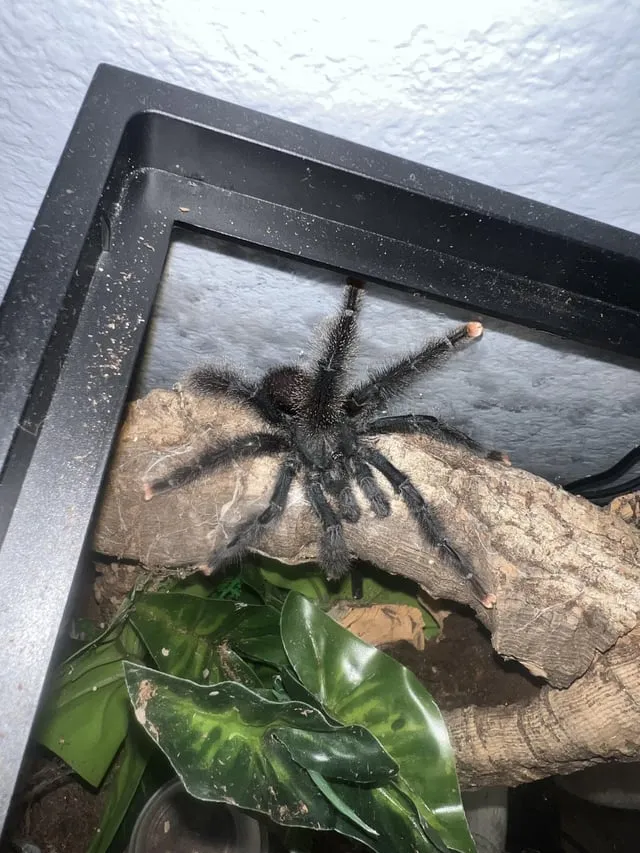
Recognizing the signs of stress in your Pink Toe Tarantula is crucial. Some common signs include a lack of appetite, erratic behavior, defensive postures (e.g., raising their front legs or flicking hairs), and excessive hiding. They might also become more reclusive and less active than usual. Other indicators of stress can be changes in their web-making behavior, such as creating less web or abandoning their typical web structure. Persistent stress can lead to health problems and, ultimately, a shorter lifespan. Regularly observing your tarantula’s behavior and appearance will help you detect signs of stress early. If you notice any of these signs, it’s important to address the underlying causes to restore a calm and healthy environment.
Creating a Stress-Free Environment
Creating a stress-free environment is essential for your Pink Toe Tarantula. Minimize handling, as tarantulas are generally not fond of being held. Keep the enclosure in a quiet area away from loud noises and vibrations. Provide ample hiding places, such as cork bark or artificial plants, to allow them to retreat when they feel threatened. Maintain consistent temperature and humidity levels, as fluctuations can cause stress. Avoid sudden changes in their environment, such as relocating the enclosure or altering their setup frequently. Ensure proper ventilation to prevent the buildup of harmful gases. By providing a stable and secure environment, you can significantly reduce stress levels and encourage your tarantula to eat and thrive. A well-managed habitat will promote your tarantula’s well-being.
Health Issues and Possible Diseases
Sometimes, a Pink Toe Tarantula’s refusal to eat can be a sign of an underlying health issue. While tarantulas are generally hardy creatures, they can still suffer from various ailments. Recognizing the signs of illness and knowing when to seek professional veterinary care is crucial for their health and longevity. Understanding the potential health problems and their symptoms allows you to take prompt action, potentially saving your tarantula’s life. The best way to avoid most health problems is to provide proper care, including a suitable environment, correct feeding practices, and a stress-free habitat. Proactive health management and early intervention are key to dealing with any health issues that arise.
Identifying Common Health Problems
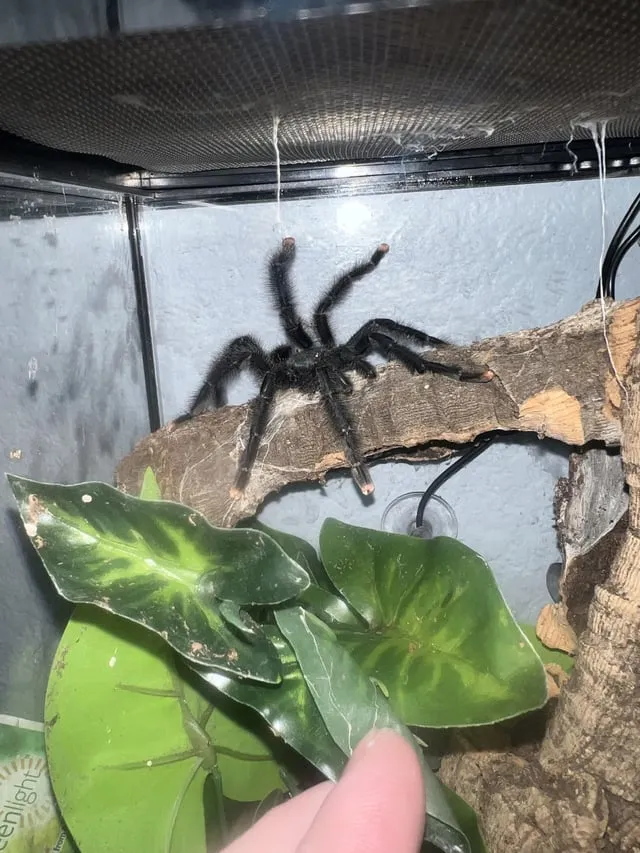
Several health problems can affect Pink Toe Tarantulas, including parasitic infections, bacterial infections, and injuries. Parasitic infections often result from contaminated food or substrate. Symptoms can include lethargy, loss of appetite, and changes in stool. Bacterial infections can develop if the enclosure is not kept clean or if injuries become infected. Signs may include swelling, discoloration, or discharge from injuries. Injuries can occur during molting or if the tarantula falls from a height. Observe your tarantula for any unusual behaviors or physical changes. Check for signs of mites or other parasites on the tarantula’s body. Early detection of health issues improves the chance of successful treatment. Regular inspection of your tarantula and its environment is essential for maintaining its health.
When to Consult a Veterinarian
If your Pink Toe Tarantula consistently refuses food for an extended period, or if you notice other concerning symptoms, it’s time to consult a veterinarian experienced in exotic animals. Other reasons to seek veterinary care include signs of illness (lethargy, unusual behavior, or physical symptoms), injuries that do not heal, or persistent parasites. While it may be difficult to find a veterinarian specialized in tarantulas, a vet experienced with invertebrates can often provide valuable advice and treatment options. Be prepared to provide the veterinarian with information about your tarantula’s environment, diet, and any recent changes. Early intervention can prevent minor issues from becoming more severe. A vet visit is a must if you suspect something is seriously wrong with your Pink Toe Tarantula.
Conclusion
Understanding why your Pink Toe Tarantula won’t eat involves considering various factors, from environmental conditions to natural biological processes and potential health issues. By monitoring temperature and humidity, understanding the molting cycle, providing appropriate prey, minimizing stress, and being aware of potential health problems, you can significantly improve your tarantula’s well-being. If your tarantula’s refusal to eat persists or is accompanied by other signs of illness, do not hesitate to seek professional veterinary care. Responsible tarantula care involves diligence, observation, and a willingness to adapt your care practices to meet your pet’s specific needs. With the right knowledge and care, you can ensure your Pink Toe Tarantula lives a long, healthy, and fulfilling life. Your dedication to its well-being is the key to success.
